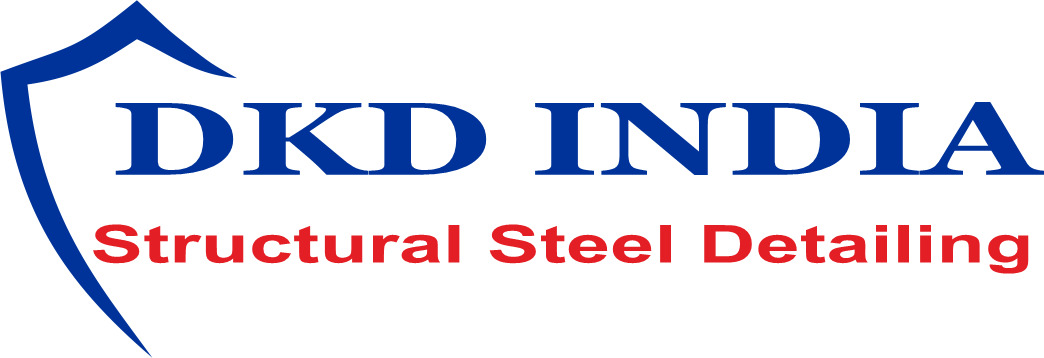
There is no right or wrong answer, but businesses must know the risks of either pricing strategy. Understanding product cost is critical for deciding which products to produce and sell and allocating resources such as time, labor, and materials. Finally, assessing business processes regularly and improving efficiency is essential for controlling costs while ensuring proper functionality. Regularly evaluating vendors and comparing prices for different materials can also help companies save money.
In the latter case, product cost should include all costs related to a service, such as compensation, payroll taxes, and employee benefits. Therefore, a company must consider its product cost when setting its price. The company should determine the total cost of producing a product, including direct materials, direct labor, and overhead, and then add a profit margin to arrive at the final price. This is the sum of the direct materials, direct labor, and manufacturing overhead costs.
What is Product Cost & How to Calculate it? (With Examples)
The predetermined overhead rate found in step four is applied to the actual level of the cost driver used by each product. As with the traditional overhead allocation method, the actual overhead costs are accumulated in an account called manufacturing overhead and then applied to each of the products in this step. Properly allocating overhead to the individual jobs depends on finding a cost driver that provides a fair basis for the allocation. A cost driver is a production factor that causes a company to incur costs. An example would be a bakery that produces a line of apple pies that it markets to local restaurants. To make the pies requires that the bakery incur labor costs, so it is safe to say that pie production is a cost driver.
Domestic Content Guidance Offers Much Needed Answers but Also Raises Uncertainty About Qualification Requirements – K&L Gates
Domestic Content Guidance Offers Much Needed Answers but Also Raises Uncertainty About Qualification Requirements.
Posted: Wed, 17 May 2023 07:00:00 GMT [source]
Cost is often one of the most important factors people consider when purchasing. The first step in activity-based costing is to identify all the different activities performed in an organization and then assign an overhead cost to each activity. This involves investing in machinery and equipment to do employees’ work at a lower cost. Automation can help to improve productivity and efficiency while also reducing labor costs. The direct labor cost will vary depending on the number of workers and the hours worked.
Why product cost is important for product managers
A product cost is an expense capitalized as inventory when it gets incurred to manufacture a product. In other words, these costs are required to make a finished good and are capitalized on the balance sheet since they will benefit the company in the future. Direct materials are the raw materials that are used to create a product. For example, if you were making a shirt, the direct materials would be fabric, thread, and buttons.

The expense recognition principle also applies to manufacturing overhead costs. The manufacturing overhead is an expense of production, even though the company is unable to trace the costs directly to each specific job. For example, the electricity needed to run production equipment typically is not easily traced to a particular product or job, yet it is still a cost of production.
Job costing
Backing up your assumptions with data can bolster your confidence that you are building a product that actually meets the needs of your customers. Alternatively, customer research can show that you are on the wrong path and need to pivot. Customer research may be the most important step in building and maintaining any product. Many product managers and stakeholders think they know what the customer wants. Sometimes they’re right, but when they’re wrong, the consequences could be disastrous.
- This is because they don’t seem to directly impact the products being manufactured.
- To find out the production cost per unit, you will divide this total cost by the number of individual drinks manufactured.
- What may be a direct labor cost for one company may be an indirect labor cost for another company or even for another department within the same company.
- Making this change allows management to obtain more accurate product cost information, which leads to more informed decisions.
- Product cost appears in the financial statements, since it includes the factory overhead that is required by both GAAP and IFRS.
Primarily, cost accounting covers the expenses incurred on developing or manufacturing a product. For service companies, these costs include the expenditure on the process product costs consist of of rendering services. Indirect labor costs – as far as your manufacturing labor costs are concerned, there are some indirect ones which you must include in your costing.
When calculating direct costs, there are a few things you need to take into account. If your market and competition analysis suggest that this is a tall order, you’re in the wrong business. Now that you understand your cost structure with the breakup by type of cost, it’s time to put this information to some practical use. One of the most elementary, popular, and invaluable uses of this product cost information is achieved through the ‘Cost-Volume-Profit’, or CVP, analysis.
